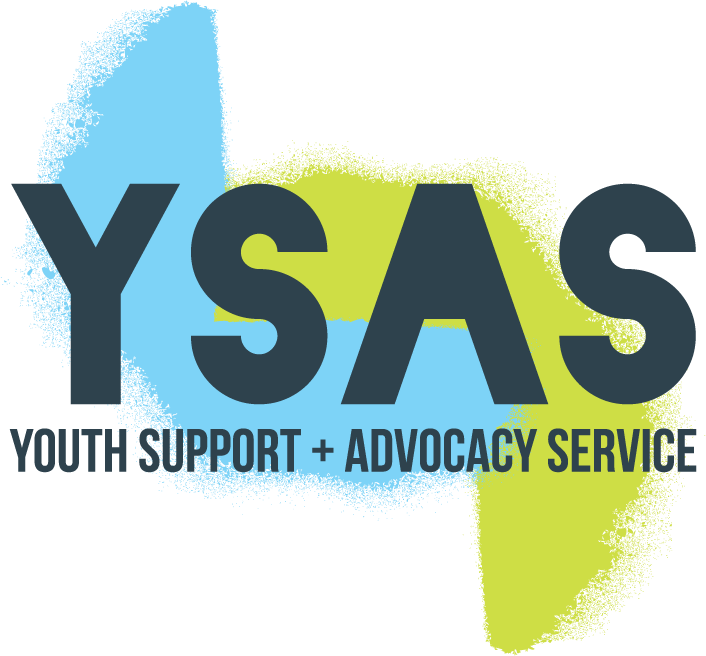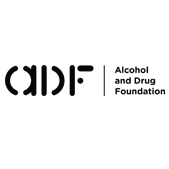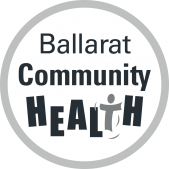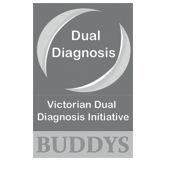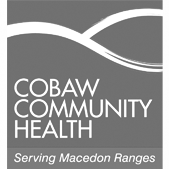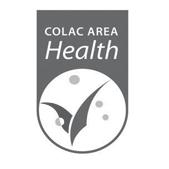Understanding Youth Drug & Alcohol Use
Is it the power of ice that causes all the problems?
Ice is an insidious drug that causes addiction, ruins lives and wreaks havoc in the community. This is one of the dominant messages in the ongoing public discussion about ice. But is it the case?
While it’s true that increased availability and purity of Ice ups the chances of Ice related problems in the community, is there something about this drug itself that causes problems like no drug before it or is it more complicated than that?
Well we know from our colleagues in research how Methamphetamine works and how it affects the brain's mechanisms responsible for pleasure, reward and motivation meaning it is associated with very strong cravings, especially after prolonged use. If as the public discussion suggests, it is the addictive nature of ice that causes problems then why:
- Do most users of methamphetamine not go on to develop future problems (Lee 2014)?
- Are there so many examples of people moving on and out of even the most problematic use?
- Are we seeing so many problems now when there is nothing new about methamphetamine - it has been around for near on 100 years.
Perhaps the answer comes in understanding that drug problems do not simply come from within a person or occur as a result of a drug’s effects. Instead drug problems (such as we see with methamphetamines) are the result of a complex interplay between individual factors and the social environment.
That’s why problematic substance use has such a strong correlation with disadvantage and psycho-social vulnerability. In fact, simply using a drug is, in itself, not a very strong indicator that a person will go on to have drug problems (Room, 2005).
Last year’s Youth AOD census revealed that 90% of young people using methamphetamines had high or severe psycho-social vulnerability. In other words, the same young people who were getting help for ice, were also in need of help with housing problems, mental health concerns, family conflict, a history of abuse and trauma, school disconnection and justice issues. Though some of these problems had come about because of their meth use, many were pre-existing.
This is why Youth AOD approaches emphasise the need to provide holistic support to address psycho-social vulnerability concurrently with substance use.
So while it helps to be familiar with the pharmacological properties of ice and respond accordingly, ice problems, like other drug problems, are still people problems and youth workers need to look beyond the actual drug for the most effective ways to prevent problems, intervene early and provide treatment responses.




